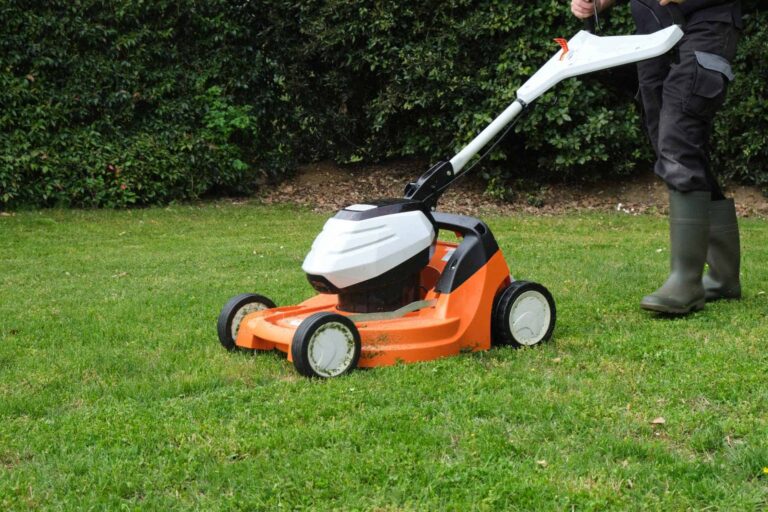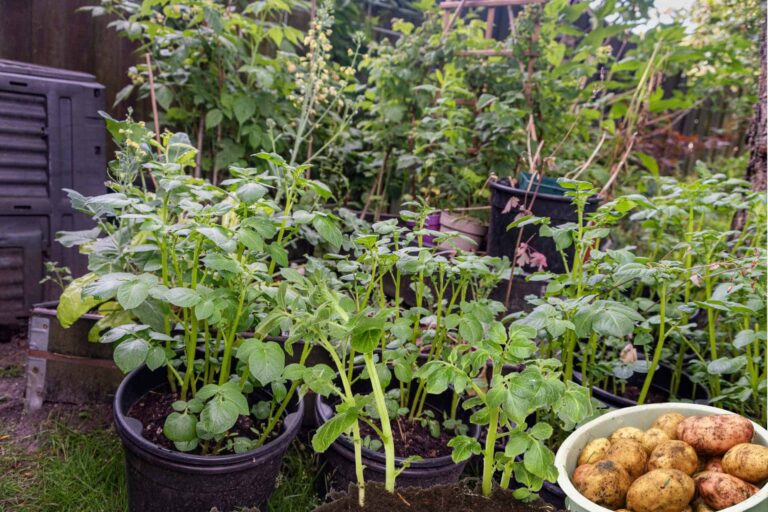Inspiring DIY Winter Outdoor Planter Ideas for a Cozy Yard
Winter is a season that often brings a stark, barren look to our yards. However, with a bit of creativity and planning, your outdoor space can radiate warmth and beauty, even during the chilliest months. Implementing DIY Winter Outdoor Planter Ideas is an exceptional way to breathe life into your winter yard and create a cozy atmosphere. These planters not only serve as a vibrant focal point amidst the snowy landscape but also offer a fun and engaging project to undertake during the colder months. From choosing the right plants that can withstand winter conditions to selecting suitable materials for the planters, this endeavor allows you to unleash your creativity while enhancing the aesthetics of your yard. In this guide, we’ll explore various Winter Outdoor Planter Ideas, providing detailed steps and valuable tips to assist you in your winter gardening journey.
Benefits of DIY Winter Outdoor Planters
Creating your own winter outdoor planters holds an element of personal customization and creativity that can’t be matched by store-bought variants. The freedom to select your preferred plants, experiment with arrangement styles, and adorn your planters with personal touches, makes this project not only a functional endeavor, but also a creative outlet. The DIY approach lets you shape the visual narrative of your garden, reflecting your personal tastes and flair in the design and arrangement of the planters. This blend of utility and creativity imbues your outdoor space with an authentic charm that resonates with your unique personality.
Cost-Effectiveness of DIY Winter Outdoor Planters
Another significant advantage of DIY Winter Outdoor Planters is their cost-effectiveness. Store-bought planters can be quite expensive, especially when you need several to adorn your outdoor spaces. By creating your own planters, you can manage your budget effectively, utilizing recycled or low-cost materials that are readily available. This DIY approach not only saves money but also provides opportunities for sustainable practices, such as repurposing old furniture or containers as unique planters. Furthermore, by nurturing plants from seeds or cuttings instead of buying mature plants, you can further reduce costs and enjoy the rewarding process of witnessing your plants grow and flourish. Thus, DIY Winter Outdoor Planters are a cost-effective, environmentally friendly, and deeply satisfying alternative to conventional store-bought options.
Therapeutic Benefits of Gardening in Winter
Wintertime gardening, particularly with DIY Outdoor Planters, can offer substantial therapeutic benefits. Amid the colder months, when daylight is sparse, engaging in gardening activities can provide much-needed exposure to natural light, helping combat Seasonal Affective Disorder (SAD). The physical act of gardening also serves as a gentle workout, promoting cardiovascular health and keeping the body agile. Furthermore, nurturing plants from seeds to full bloom is a deeply rewarding process that fosters a sense of achievement and improves mood. Importantly, the connection with nature that gardening facilitates can ignite a sense of tranquility and reduce stress levels. Therefore, winter gardening can be considered a form of ecotherapy, offering physical and mental health benefits while keeping you connected with nature even during the chilliest months.
DIY Winter Outdoor Planter Ideas – Materials Needed

To get started with your DIY Winter Outdoor Planters, you will need the following materials and tools:
Containers: You can repurpose old furniture, pots, containers, or even boots as planters. Remember, the size of the container should be suitable for the plant species you’ve selected.
Winter-hardy plants: Choose plants that can tolerate cold temperatures, such as Wintergreen, Holly, and various types of winter-hardy ferns.
Potting soil: A nutrient-rich potting soil mix will be beneficial for your plants’ growth.
Compost: Compost is an excellent natural fertilizer that will provide your plants with essential nutrients.
Mulch: Mulch helps retain soil moisture and insulate plant roots from harsh winter temperatures.
Gardening gloves: To protect your hands while handling soil and plants.
Trowel: A trowel is a small handheld tool used for digging, applying compost, and planting.
Watering can: Ensure you have a watering can or any other device for watering your plants.
Pruning shears: To trim plants and remove dead or overgrown branches.
The winter environment can be tough on plants, so good-quality materials and proper care are key to fostering a thriving winter garden.
Step-by-Step Guide to Creating Winter Outdoor Planters
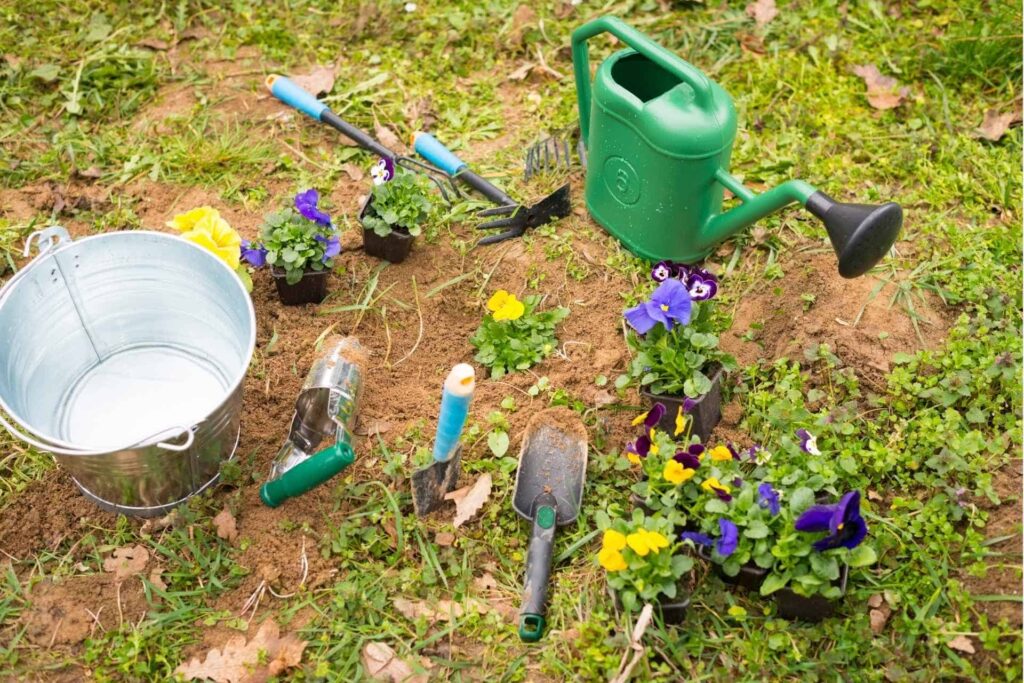
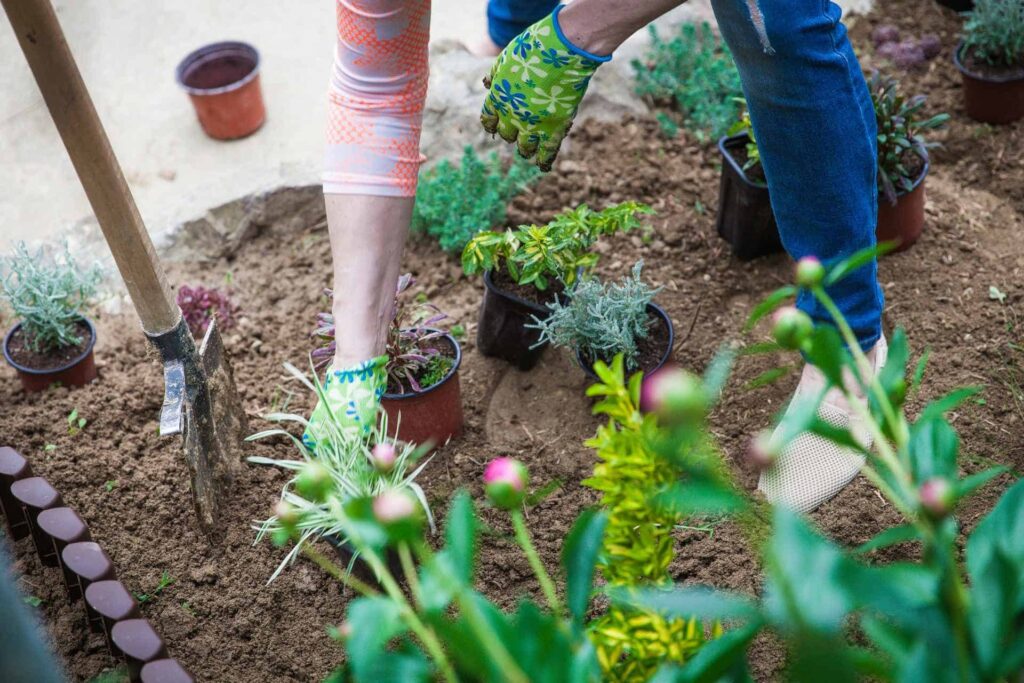
Choosing the Perfect Location
Choosing the right location for your Winter Outdoor Planters is a critical step you should not overlook. The spot you select should receive adequate sunlight as it is crucial for the photosynthesis process, even in the chill of winter. However, the location should also provide some kind of protection against harsh winter winds that can lead to the drying and chilling of plants. A location near a wall or under an overhead structure can serve as a windbreak and moderate temperature extremes. Also, consider the aesthetics of the setting and how your winter planters will fit into the overall landscape. A well-placed winter planter can serve as a focal point, adding a touch of vibrancy and life to a dreary winter scene.
Selecting the Right Plants for Winter
Choosing the right plants for your winter outdoor planters is integral to maintain a flourishing garden throughout the cold months. Opt for hardy plants that can withstand lower temperatures, such as Pansies, Winter Jasmine, and Holly. Pansies are renowned for their bright, cheerful colors, providing a stark contrast against the winter grey. Winter Jasmine brings a splash of yellow to the mix, and its hardy nature makes it an excellent choice for the season. Holly, with its dark green leaves and bright berries, is a traditional winter plant that can add a festive touch to your garden. In addition, evergreen plants can add structure and color all year round, making them a staple in winter gardens. Remember to consider the growth habits and needs of each plant to ensure they will thrive in your chosen location for your outdoor winter planters.
Assembling the Winter Planter
Once you have chosen your plants and location, you can begin the process of assembling your winter planter. Start by preparing the planter. It should have adequate drainage holes to prevent water logging. Fill the bottom with a layer of broken pottery or gravel for improved drainage, then add a high-quality potting mix, leaving a few inches from the top. Arrange your plants with the tallest in the center or at the back if your planter will be placed against a wall. Surround these with your lower growing plants. Remember to consider the plant’s growth habits and needs, ensuring there’s enough space for each plant to flourish. After the plants are arranged, fill in the gaps with more potting mix, pressing gently around the plants. Water the planter thoroughly, ensuring the soil is moist but not waterlogged. Finally, add a layer of mulch to help retain moisture and keep the roots protected from temperature extremes. Regularly check your planter throughout the winter, ensuring it is well watered and the plants are healthy.
Maintenance and Care for Winter Outdoor Planters
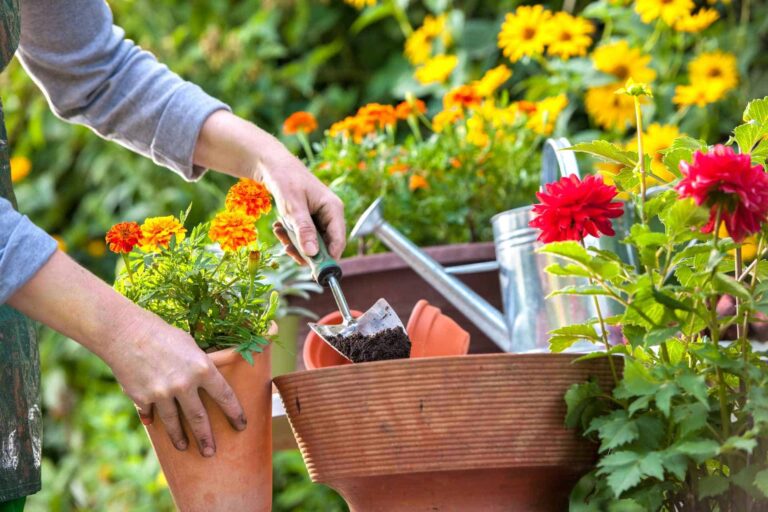
To keep your winter outdoor planters in optimal condition, a consistent care schedule is essential. Regularly inspect your plants for signs of disease or pests, and treat any issues promptly. Watering should be done as needed, typically when the top inch of soil feels dry to the touch. During particularly cold spells, consider moving your planters to a sheltered location to protect the plants from harsh winds and extremely low temperatures. Also, rotate your planters every few weeks to ensure all plants get equal sunlight. Lastly, while most winter plants don’t require much fertilizing, a balanced slow-release fertilizer can be applied in late autumn to promote health and vigor. Remember, the key to maintaining thriving winter planters is regular attention and care.
Protecting Planters from Harsh Winter Conditions
Protecting your planters from extreme winter conditions is crucial for the survival of your plants. One of the first steps is to choose planters made from materials that can withstand freezing temperatures, such as stone, concrete, or high-quality plastic. Wood is also a good option as it has natural insulation properties. Wrapping your planters in bubble wrap or hessian can provide an extra layer of insulation, protecting the roots from freezing. Additionally, consider elevating your planters from the ground using bricks or pot feet to prevent them from freezing to the ground, which can cause damage. If possible, relocate your planters to a sheltered position, such as near a wall or under a canopy during the worst of the winter weather. This can protect them from harsh winds and heavy snowfall. For extremely sensitive plants, consider moving them indoors during the coldest months. Remember, while winter can be challenging for outdoor plants, with a little extra care and attention your planters can continue to thrive.
Conclusion
Creating your own winter outdoor planters presents a unique opportunity for green enthusiasts to explore the magic of nature during the colder months. Despite the challenging conditions, the satisfaction derived from maintaining a thriving outdoor garden is unparalleled. Not only does it contribute to your home’s aesthetic appeal, but it also provides an engaging and therapeutic activity. The process of selecting hardy seasonal plants, assembling them in resilient planters, and caring for them throughout winter, instills a sense of accomplishment and connection with the natural world. Winter planters, with their vibrant colors and textures, become visual symbols of life’s resilience against harsh conditions, adding cheer to frosty days. You also derive the practical benefit of shielding your favorite plants from extreme weather, ensuring their survival and growth. Ultimately, the art of winter gardening is an enriching and rewarding endeavor, providing joy, tranquility, and a beautiful outdoor space to enjoy all year round.
Why wait? Give winter gardening a try! Every green endeavor begins with a seed of curiosity, and you’ll be amazed at the sense of fulfillment that accompanies the nurturing of that seed into a thriving plant. Even in winter’s icy grip, you have the power to create a blooming oasis that not only beautifies your space but also fortifies your connection with nature. Let your creativity unfold with the changing seasons, and remember, even the coldest winters lead to the blooming springs. So roll up your sleeves, embrace the chill, and start your journey in the fascinating world of winter gardening.
References and Additional Resources
- Winter Container Gardening: A comprehensive guide to winter container gardening, providing insights into the selection of winter-hardy plants and maintenance tips.
- Royal Horticultural Society – Winter Gardening: Detailed advice from the Royal Horticultural Society on gardening during the winter months, including plant care and protection from frost.
- Smith, J. (2013). Winter Gardening in the Maritime Northwest. Seattle: Sasquatch Books. This book offers extensive information on winter gardening, specifically tailored to maritime climates.
Remember, gardening is an art that requires constant learning and adaptability. Resources like these can provide valuable guidance, but nothing beats hands-on experience in your own yard. Happy gardening!


